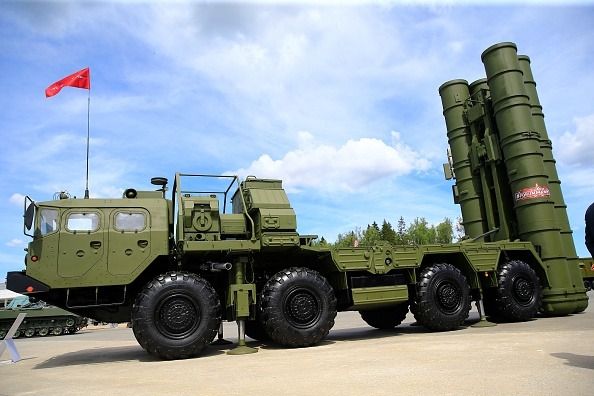Arms control in outer space: The Russian angle, and a possible way forward
By Alexey Arbatov | June 27, 2019
 MOSCOW, RUSSIA - JUNE 25 : S-400 surface-to-air missile launcher is seen at 'ARMY-2019 International Military and Technical Forum' in Moscow, Russia on June 25, 2019. (Photo by Sefa Karacan/Anadolu Agency/Getty Images)
MOSCOW, RUSSIA - JUNE 25 : S-400 surface-to-air missile launcher is seen at 'ARMY-2019 International Military and Technical Forum' in Moscow, Russia on June 25, 2019. (Photo by Sefa Karacan/Anadolu Agency/Getty Images)
Against the background of new US-Russia and US-China political confrontation and the comprehensive crisis surrounding nuclear arms control treaties, there may be little immediate hope for successful talks on the non-weaponization of space. Even so, if and when political preconditions change and serious arms control negotiations resume, the non-militarization of outer space will inevitably return to the disarmament agenda. The United States and Russia, as a minimum, have an obvious common security interest in space – limiting as much as possible the dedicated anti-satellite (ASAT) systems that threaten the satellites that are designed to warn each nation of a ballistic missile attack by any state. A focus on the verifiable ban on the testing of such anti-satellite systems would give the United States and Russia a practical starting point for further negotiations on the non-militarization of space.
The United States and Russia have an obvious common interest in strictly limiting anti-satellite systems that threaten early warning satellites.
Together, we make the world safer.
The Bulletin elevates expert voices above the noise. But as an independent nonprofit organization, our operations depend on the support of readers like you. Help us continue to deliver quality journalism that holds leaders accountable. Your support of our work at any level is important. In return, we promise our coverage will be understandable, influential, vigilant, solution-oriented, and fair-minded. Together we can make a difference.














